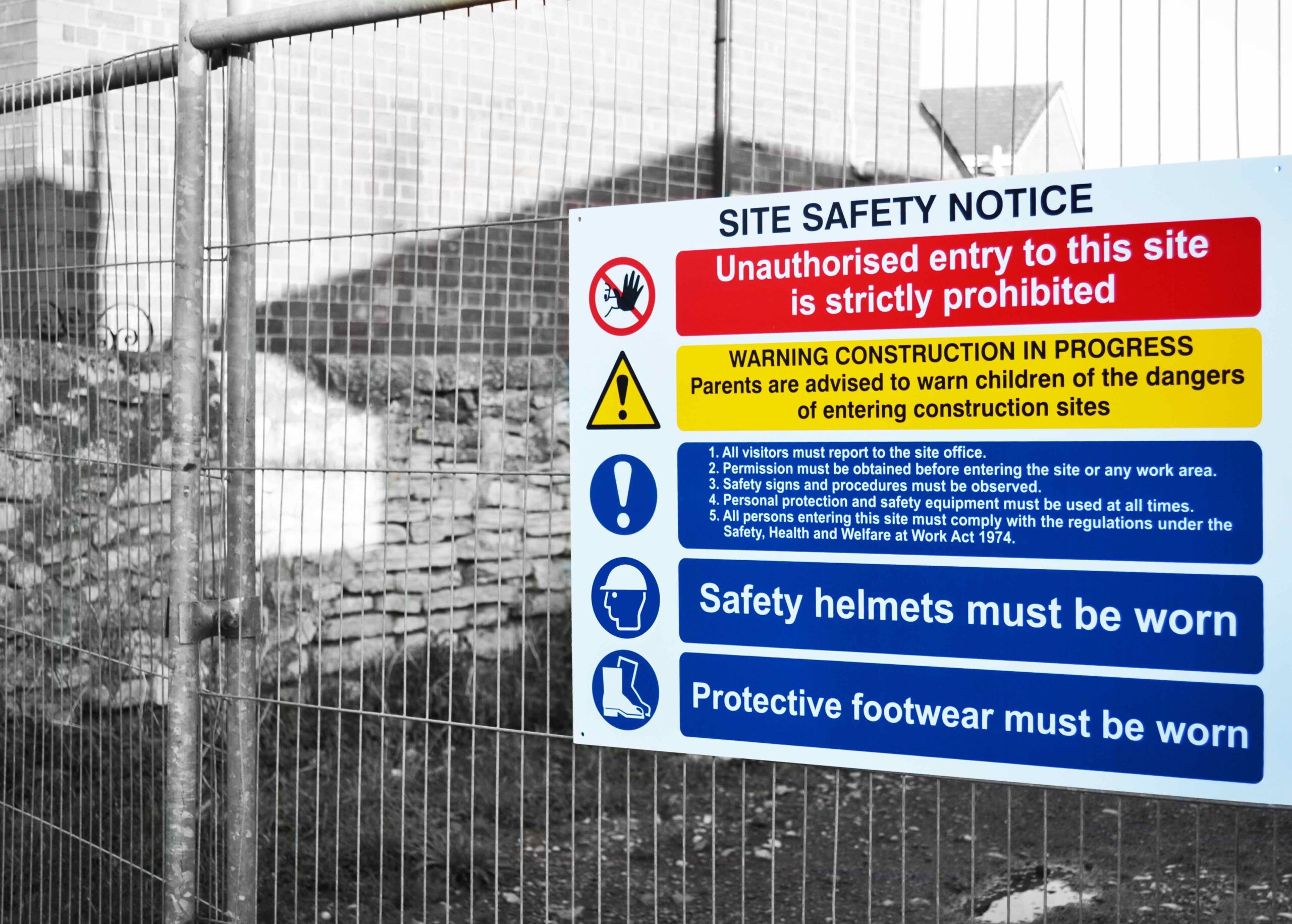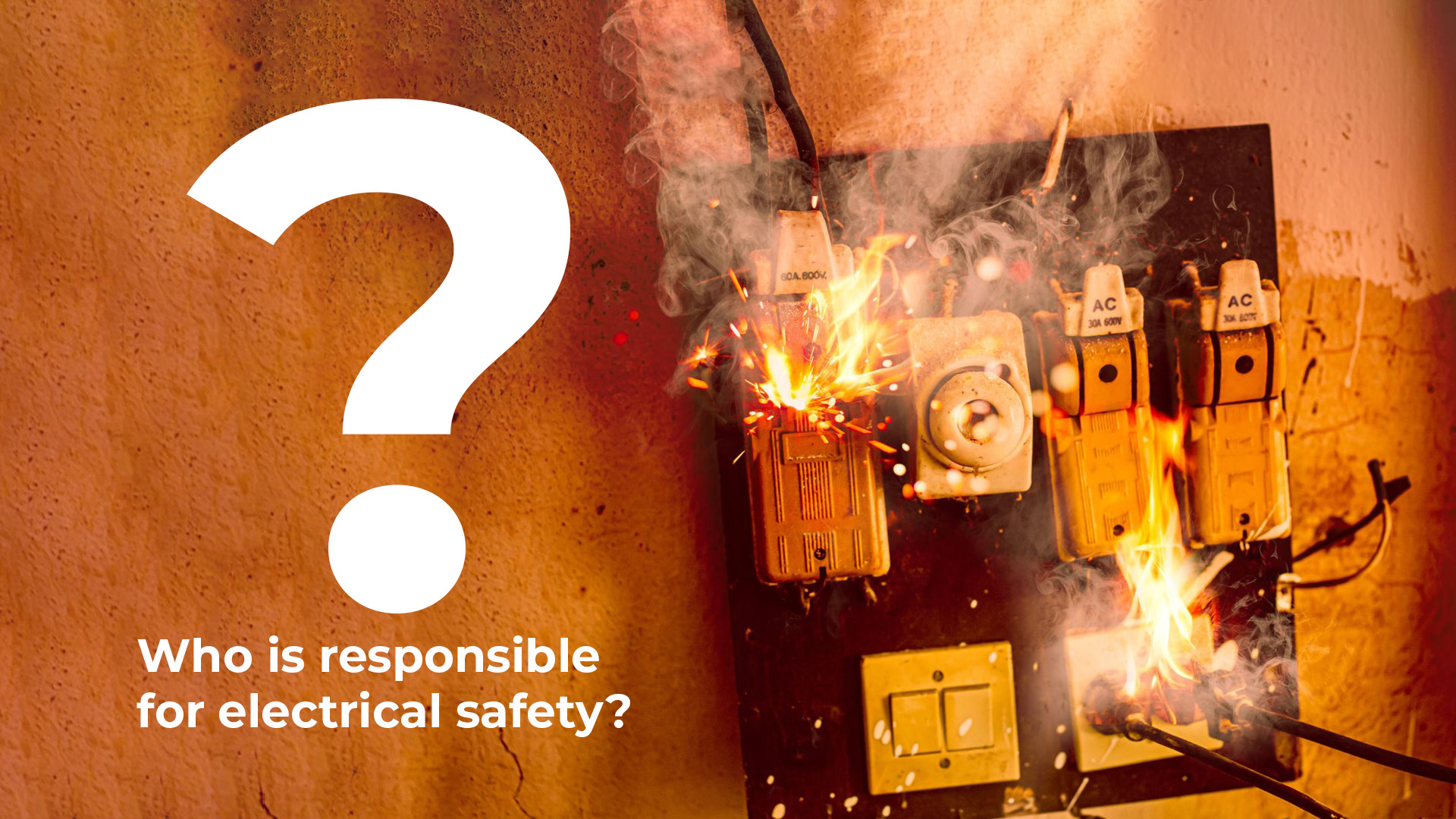Effective workplace safety signage can be the determining factor between an employee executing a task safely or encountering an injury. While safety training is crucial, strategically positioned safety signs serve as daily reminders, reinforcing appropriate conduct. Therefore, employers and safety managers play a vital role in maintaining a secure worksite by ensuring the presence of sufficient signage. Is your facility adequately equipped in terms of safety signs? Here are seven indications that your company might require an update in its safety signage.
1. Deteriorated Safety Signage:
Perhaps safety signs were installed when your facility commenced operations, or it’s possible that a safety manager placed them a few years back. However, the mere presence of signs doesn’t guarantee their appropriateness or usefulness. One prevalent issue with safety signs is their susceptibility to wear and tear. With time, signs can become torn, scratched, or faded, particularly if they are exposed to outdoor elements. Given that these changes occur gradually over months or years, they often go unnoticed. Nevertheless, worn-out signs might convey neglect to employees, leading them to question the relevance of the sign to their tasks. Furthermore, faded or worn signs tend to be less attention-grabbing, whereas it is crucial for safety signs to be noticeable and demand immediate attention. For instance, a bright red “Danger” sign is far more effective at catching one’s eye than a faded, pink “Danger” sign. Especially in areas where non-compliance with safety protocols could result in severe injury or even fatalities, ensuring that the “Danger” sign is prominent is of utmost importance.
To prevent this issue in the future, consider using durable signs that are suitable for your facility’s specific conditions. Signs intended for outdoor use should be coated to resist water damage, while those placed on rough surfaces require strong adhesives. Opting for these robust sign options now can help you save both time and money in the long run.
2. Excessive, Overlapping, or Perplexing Signage
Similar to the disorientation experienced upon entering a crowded room, the workplace can also become overwhelming when filled with an excess of signs. For instance, if multiple signs are clustered around a warehouse entrance, delineating entry permissions, mandatory personal protective equipment (PPE), and the location of fire extinguishers, employees might feel perplexed or burdened. The presence of too many signs in one area could lead to the entire cluster being overlooked, causing essential information to be missed.
Conduct a walkthrough of your facility to identify any areas where this issue arises. Consider consolidating several signs into one or eliminating redundant ones altogether. While these signs were originally posted for specific reasons, the relevance of those reasons might diminish over time. Ensure that each sign serves a necessary purpose, and if not, make necessary adjustments accordingly.
3. Inadequate Signage Coverage
Have you thoroughly labeled all potential hazards present in your facility? If certain hazards lack appropriate signage, it’s essential to consider adding more safety signs. Take a comprehensive walk around the premises, identifying any areas where hazards lack proper alerting signs for employees. The absence of warning signs for hazards can increase the likelihood of mistakes by employees. Although these errors may not have led to serious incidents yet, the cumulative effect of daily errors raises the risk of an eventual incident. Mark the specific locations where signs should be installed, such as near machines, walkways, pipes, or any other potentially hazardous areas, and focus on addressing these gaps.
Conversely, you may also discover that certain safety signs are still in place even though they are no longer relevant. For instance, your facility may have previously housed an emergency eyewash station in a particular location, which has since been relocated. During your walkthrough, if you come across a sign still indicating the non-existent eyewash station, it can lead to confusion during emergencies, resulting in employees wasting valuable time searching for an outdated safety fixture. Additionally, such outdated signs might inadvertently convey to employees that the management is not actively maintaining the facility. It is essential to remove these obsolete signs to ensure a consistent and reliable safety message throughout the facility.
04.Permanence of Temporary Signs
It’s common for safety managers, caught up in their busy schedules, to use temporary signs that inadvertently become permanent fixtures. Often, warnings or notices are hastily printed or hand-drawn on paper and then taped to walls or doors. While this might initially catch employees’ attention, the effectiveness of this method diminishes rapidly. Paper signs are prone to wear and tear, making them less noticeable over time. Additionally, the use of makeshift signs could imply a lack of professionalism or credibility to employees, leading to reduced compliance with the instructions provided. Conversely, professionally crafted signs, utilizing standard colors, symbols, and text, are more likely to be taken seriously and followed by employees.
To streamline the process and ensure effectiveness, safety managers should consider investing in an industrial label printer. This way, they can create the required labels promptly and with greater durability whenever the need arises, ultimately saving both time and resources.
05. Post-Incident Safety Sign Evaluation
In the event of an accident at your facility resulting in an injury, an investigation into the incident would likely have been necessary to determine the root cause. Various factors, including equipment malfunctions and human error, can contribute to workplace accidents. However, it is essential to closely examine whether the incident could have been prevented with the presence of appropriate safety signs.
Safety signs serve the purpose of alerting employees about the proper use of machinery, the required personal protective equipment (PPE) for specific tasks, or the restriction of access to certain areas, such as zones where cranes are in operation or beneath scaffolding where falling tools or paint could pose a hazard. While human error may not have directly caused a particular incident, the addition of informative safety signs post-accident can significantly contribute to a safer work environment, potentially preventing similar incidents in the future.
06.Legal Implications Following an Incident
In the unfortunate event of an accident leading to injury within your workplace, legal complications may arise. For instance, if a worker sustains an injury while operating a piece of machinery that lacks appropriate warning labels and precautionary information, your company might be held accountable for the incident. Should the affected worker decide to file a lawsuit against your company, the repercussions could be financially burdensome.
If your company has faced such a situation, it is imperative to promptly address the issue by implementing necessary safety signs for the specific machines or areas in question. Additionally, conducting a thorough inspection of the entire facility to identify any hazards lacking appropriate safety signage is highly recommended to mitigate future legal risks.
07. Enhanced Safety Sign Options for Improved Communication
One additional reason to consider updating your safety signs is the possibility that your current signs have been in place for an extended period, and newer, more user-friendly alternatives may now be accessible. Notably, OSHA have revised guidelines for safety signs, offering improved suggestions for enhancing the appearance and effectiveness of signage. These updated guidelines often incorporate clearer text and universally recognized symbols, facilitating better comprehension of instructions and communication, particularly for non-English speakers. If you believe that the design of your existing signs could be enhanced, it might be beneficial to explore the available options and consider an update to your safety signage.
In summary, ensuring that your workplace is equipped with effective safety signs is crucial for maintaining a secure and compliant environment. Considering the factors discussed above, including the wear and tear of existing signage, the need to eliminate redundant or confusing signs, the importance of covering all potential hazards, and the implications of legal and safety incidents, it becomes evident that periodic evaluations and updates of safety signs are essential.
BuySafetyPosters.com is your trusted online platform for a comprehensive selection of safety signages. With the convenience of a few clicks, you can access a vast array of safety signs, ranging from hazard warnings and emergency procedures to fire safety and mandatory instructions. Our platform not only ensures easy access to essential safety signages but also offers customization options, allowing you to tailor signs to your specific workplace needs. We understand that safety is a top priority, and our online platform is designed to provide you with the tools you need to enhance workplace safety seamlessly.



